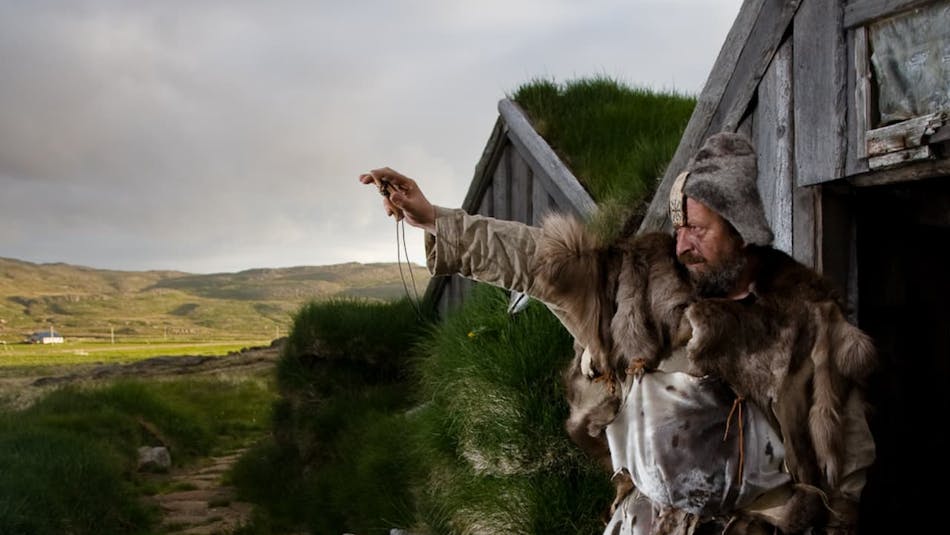
The Witchcraft Museum in Hólmavík explores why Icelanders largely prosecuted men for witchcraft instead of women. Photo credit: The Witchcraft Museum
The Witchcraft Museum in Hólmavík explores why Icelanders largely prosecuted men for witchcraft instead of women. Photo credit: The Witchcraft Museum